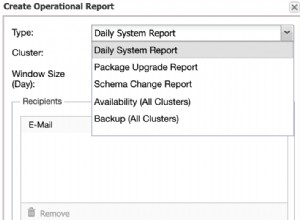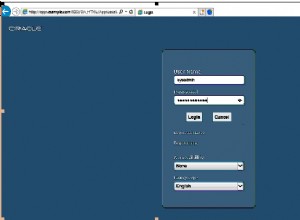La clave es generar series de días hábiles y numerarlos con row_number() :
create or replace function add_business_day(from_date date, num_days int)
returns date
as $fbd$
select d
from (
select d::date, row_number() over (order by d)
from generate_series(from_date+ 1, from_date+ num_days* 2+ 5, '1d') d
where
extract('dow' from d) not in (0, 6)
and d not in (select pyha from pyha)
) s
where row_number = num_days
$fbd$ language sql;
Los resultados de la consulta de prueba parecen correctos:
select days, add_business_day('2018-12-08', days)
from generate_series(1, 20) days
days | add_business_day
------+------------------
1 | 2018-12-10
2 | 2018-12-11
3 | 2018-12-12
4 | 2018-12-13
5 | 2018-12-14
6 | 2018-12-17
7 | 2018-12-18
8 | 2018-12-19
9 | 2018-12-20
10 | 2018-12-21
11 | 2018-12-27
12 | 2018-12-28
13 | 2018-12-31
14 | 2019-01-02
15 | 2019-01-03
16 | 2019-01-04
17 | 2019-01-07
18 | 2019-01-08
19 | 2019-01-09
20 | 2019-01-10
(20 rows)
Alternativamente, puede encontrar la fecha en un bucle:
create or replace function add_business_day_loop(from_date date, num_days int)
returns date
as $fbd$
begin
while num_days > 0 loop
from_date:= from_date+ 1;
while from_date in (select pyha from pyha) or extract('dow' from from_date) in (0, 6) loop
from_date:= from_date+ 1;
end loop;
num_days:= num_days- 1;
end loop;
return from_date;
end;
$fbd$ language plpgsql;




